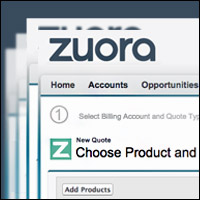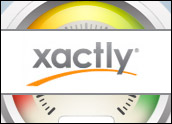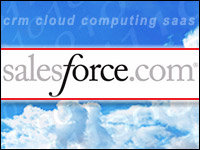
Zuora two weeks ago announced its first acquisition and a new product, Z-Insights. The acquired company, Frontleaf, will form the basis of Z-Insights. This marks an important moment for both Zuora and what it has called the “subscription economy.”
I’ve always been a fan of the subscription economy and feel that it has spawned a culture in which people have been conditioned to expect subscription-like performance from all their vendors — even the conventional ones. In my eyes, this places greater emphasis on collecting and interpreting customer data to understand how well a business is performing against its customers’ expectations.
Hybrid companies — such as conventional businesses that are dipping toes into the subscription ocean — will find the subscription economy eye-opening. The subscription economy requires a different business model, and it makes perfect sense.
If your customers only pay you a small amount every month and they can leave any time they want, you need to find ways to attract and hold them like never before. The old model that assumed full payment up front no longer works.
That’s the basic philosophy behind Z-Insights, a product designed to do the data capture and analysis that’s necessary in any subscription company. Z-Insights will begin appearing in the market pre-Dreamforce, but here are the announced modules and my rough cut at what they do.
Subscriber Identity
The subscriber identity module will be used to provide a real-time view of the customer by aggregating and analyzing important customer data, such as account balances, company data, demographics, recurring revenue, social data and some use data.
This is the kind of data that will help inform a subscription company about how well it is serving customers. Metrics based on things like use data and recurring revenue will, for instance, provide an understanding of a vendor’s footprint in an account as it nears renewal time.
However, that’s old school thinking. The purpose of using these insights should be to ward off problems year round, not just during renewal season. Used this way, it can lead to the thing we all say we want: better customer relationships through better experiences.
Subscriber Moments
The Zuora literature describes the subscriber moments module as a window into what subscribers are doing, but I think that misses something. I am a big believer in the idea of moments of truth — those times when a vendor has to deliver something, such as assistance, advice or information.
This module will be most useful for seeing into moments of truth and informing actors about what to do. Also, I hope no one tries to use this module in Big Brother mode.
Subscriber Segments
The subscriber segments module can be used in two very important ways: to drive sales; and to better support moments of truth.
In reality, a purchase is just another moment of truth, so all of this might collapse into one, but here’s the point. Rather than dealing with a small number of segments derived through a static analytics report, segments can dynamically offer a business views of what customers are doing — such as new customers in the onboarding process or customers in danger of churn.
Also, segments easily can include customers with older versions of a product who are therefore targets for an upgrade program.
Subscriber Triggers
If you can segment, then you really ought to be able to communicate with appropriate messages through appropriate channels, and that’s what the subscriber triggers module does.
Since you can define the segments you want to focus on, you can be very specific in the targeting — and thus very precise about the message you deliver. This module also will enable you to select the right channel, or even help you deliver a message in your app.
Subscriber Dashboard
Finally there’s the subscriber dashboard. No self-respecting platform provider can deliver major functionality like this without a dashboard, and none should. This dashboard will contain the metrics about the information that a subscription vendor cares most about.
Let some other app, such as CRM, tell you how close you are to making your number. This dashboard should focus on moments of truth and early warning signs.
What’s most interesting about Z-Insights is how much ERP-oriented data it collects and then redirects to front-office processes. This is an idea that’s been talked about for a long time — ever since CRM first was called “ERP for the front office.”
We’ve seen a lot of people put a stake in the ground to say that ERP is the essential suite, that CRM is somehow derivative. Over time, though, CRM has only grown, while ERP is showing signs of evaporating as individual modules move from the back office to attach to the front office.
In a world where subscriptions rule, it’s inevitable that all systems and their data will bend in the direction of the subscriber. Z-Insights is, so far, the most concrete example of a system to support this.























































Hi,
It can help in grow your business cause of those module. Which privileged you to see all customer at one place and real time data helps business owners to communicate with customers in no time.
Its really good thing that should add within CRM softwares.